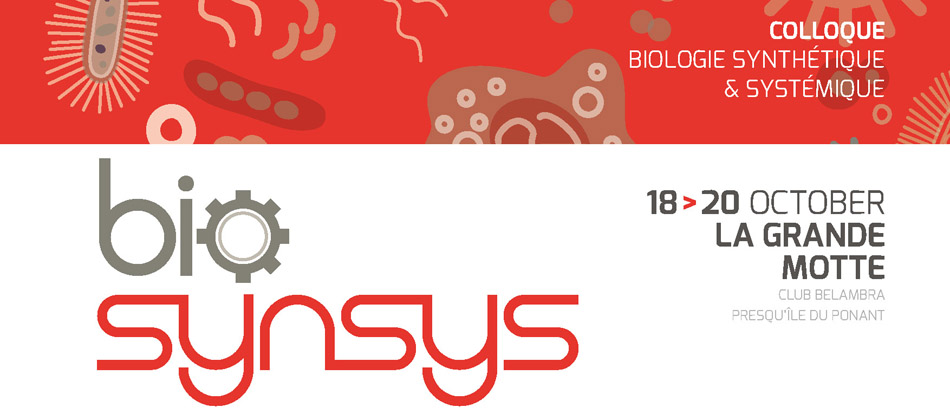Synthetic biology promises to enable the design and production of therapeutically and industrially valuable organisms. One pathway envisioned to achieve this goal is based on new techniques involving the design, engineering, and transplantation of entire genomes, in order to create organisms with new functions.
Starting with the human lung pathogen Mycoplasma pneumoniae (Mpn), we proposed here to construct a bacterial chassis capable of synthesizing and delivering drugs in situ for human lung therapies. Several features make this naturally quasi-minimal bacterium an ideal starting point to construct a bacterial drug delivery system. Among them, its small size (1-2 µm long/ 0.1-0.2 µm wide), the small size of its genome (816 kbp) and the accessibility to a rich collection of data including the transcriptome, methylome, proteome and metabolome. This work is part of ERASynBio MiniCell, a collaborative project between Center for Genomic Regulation (Barcelona, Spain), Georg August Universität (Göttingen, Germany), Icahn School of Medicine at Mount Sinai (NY, USA) and INRA/ University of Bordeaux (Bordeaux, France).
To build the bacterial chassis, we divided our approach in two steps: (1) streamline the Mpn genome using synthetic biology tools to create a non-pathogenic organism and then (2) enhanced this reduced cellular chassis with specific payloads, allowing it either to synthesize and deliver small molecule and/or protein therapies to diseased lungs in situ, or to express antigens to be served as a vaccine.
To modify Mpn genome at large extends, we intend to use synthetic biology tools revolving on the in-yeast edition of bacterial genomes. Indeed, the only genetic tools available in Mpn are based on transposons, which allow random mutagenesis. These approaches are not powerful enough to produce the highly modified and engineered Mpn chassis strains. As a result, we opted to use yeast cells as a workbench, as several efficient genome edition tools are available for this organism. This process first requires the cloning and the engineering of Mpn genome in yeast. The step has been achieved since the Mpn genome has been cloned with success in two yeast strain. Second step is the engineering of the genome and some genes involved in virulence are currently being deleted. Last step is the transplantation of Mpn modified genome from the yeast into suitable recipient cells. This step is still under investigation. Once obtained, the modified organism will be evaluated as a prototype of the expected bacterial chassis.

 PDF version
PDF version
